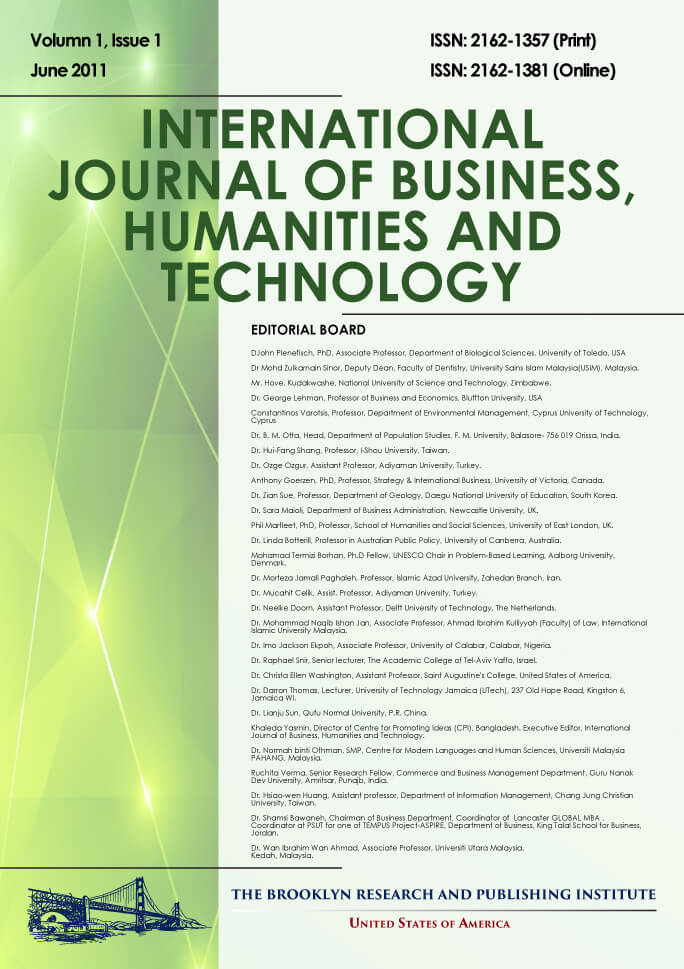Dispelling the Myths on Bilingualism: Effective Bilingual Education Models
Lucia Buttaro
Abstract
Spanish-speaking children take their ethnolinguistic and sociocultural heritage to school. School culture requires
socialization and learning solely in English. Spanish-speaking students’ success depends on their ability to learn
English and process subject matter in English effectively. Doing so means that students are grade-level proficient
in English. But Spanish-speaking students are not developing English literacy accordingly. The English-only
approach in educating Spanish-speaking students is ineffective (Garcia, 2001) and accounts primarily for the
dropout rates of these children in the five Southwestern states of Arizona, California, Colorado, New Mexico and
Texas (Nieto, 1999, 2000, 2001). Bilingual education, many witnesses feel, would enable Spanish-speaking
children to use the home language and culture to adapt positively to the culture of the school and learn content
area material, thus developing literacy-related proficiency in the language they know best. Building a solid
schooling foundation in the home language and through the use of culturally relevant instruction is seen as
essential in developing classroom proficiency in English (Ogbu, 1987, Portes, 2006), hence the pathway for
potential bilingual development. Bilingual education not only enables students to learn English through the use of
the home language, but likewise process school curriculum accordingly.
Full Text: PDF


